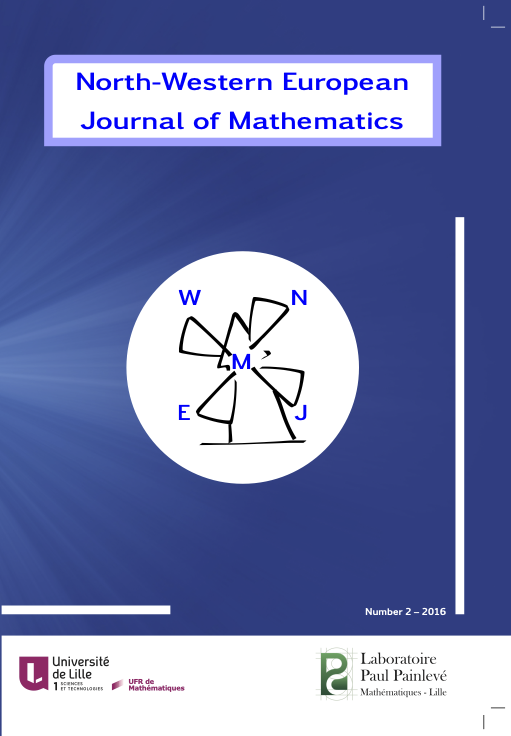A combinatorial definition of the Θ-invariant from Heegaard diagrams
Abstract
The invariant \(\Theta\) is the simplest \(3\)--manifold invariant defined by counting graph configurations. It is actually an invariant of rational homology \(3\)--spheres \(M\) equipped with a combing \(X\) over the complement of a point, where a combing is a homotopy class of nowhere vanishing vector fields. The invariant \(\Theta(M,X)\) is the sum of \(6 \lambda(M)\) and \(\frac{p_1(X)}{4}\), where \(\lambda\) denotes the Casson-Walker invariant, and \(p_1\) is an invariant of combings, which is an extension of a first relative Pontrjagin class, and which is simply related to a Gompf invariant \(\theta_G\). In Lescop (2015), we proved a combinatorial formula for the \(\Theta\)--invariant in terms of decorated Heegaard diagrams. In this article, we study the variations of the invariants \(p_1\) or \(\theta_G\) when the decorations of the Heegaard diagrams that define the combings change, independently. Then we prove that the formula of Lescop (2015) defines an invariant of combed once punctured rational homology \(3\)--spheres without referring to configuration spaces. Finally, we prove that this invariant is the sum of \(6 \lambda(M)\) and \(\frac{p_1(X)}{4}\) for integer homology \(3\)--spheres, by proving surgery formulae both for the combinatorial invariant and for \(p_1\).










